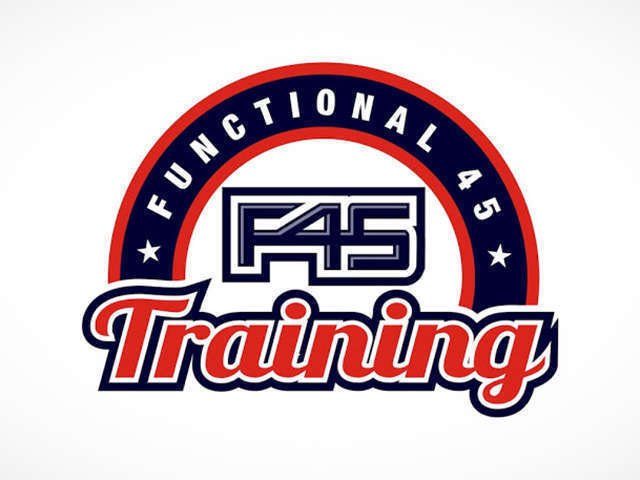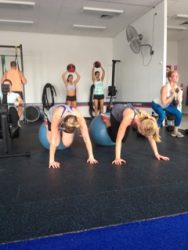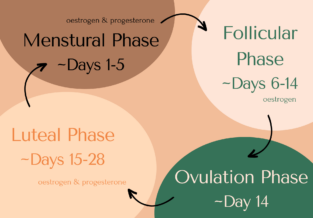Working out F45 style.
Published on
14 Nov 2016

Call us on: (03) 9975 4133
HIIT and F45 workouts are trending in the world of fitness. If you're looking for something new to try this summer – Julia Allan looks into whether these sessions are worth the hype.
You might have heard people talking about HIIT sessions – whether at the gym or on their way to a F45 workout. These fitness styles have become increasingly popular in Australia, and is now available across most major cities.
However, this type of exercise has also lead to an increase in injuries for some individuals. In order to find out more – we’ve trialed it and would love to share the good, the bad, and any tips we discovered along the way.
What is HIIT?
HIIT stands for High Intensity Interval Training. It’s a training style that works out the body at high intensities (close to 100%), followed by rest periods or active recovery – such as walking or jogging. This process means that your heart rate stays higher for longer, which is great for maintaining a high level workout.
What is F45?
F45 is a franchise of gyms that incorporates HIIT in group-style training sessions. HIIT is applied to a variety of different workouts to keep the training diverse. Examples could include a cardio based workout with lots of running vs. a mix of strength and resistance exercises – often using body weight or equipment.
The name F45 stands for ‘Functional 45’ – functional workouts that can be completed in a 45-minute class. Functional workouts refer to exercises that are based around strengthening your body ‘globally’. This means that the exercises represent real activities, such as lifting heavy objects or jumping unto a platform. This is unique from traditional exercises that target a singular muscle in isolation.
What are the benefits?
This workout style is more than just a hype – there are many benefits associated with interval training that make for an effective fitness regime. Some of the benefits include:
- They are super quick. HIIT workouts are typically more difficult than traditional workouts due to the high intensity of the exercise. This means that some workouts can be as short as 20 minutes – which is perfect when you have a hectic work/life schedule.
- There is some evidence that HIIT exercise can be more effective in burning fat without losing muscle mass. This potential could mean greater results in a shorter time frame – while speeding up your metabolism.
- It can help when training for high intensity sports, such as netball, basketball or soccer. Using HIIT in your training regime can help build strength for fast bursts of speed. This technique works well, as it builds affinity for intense movements.
- You can change the style of a HIIT session to suit your needs. For example, for those wishing to improve their basketball game – doing plyometric exercises such as squat jumps and lunge jumps can be very beneficial. A beach volley ball player could hone in on exercises like burpees – the real life action of getting up from the ground is specific to the sport. It can be entirely up to you!
- There are many online workout regimes or apps that you can use for motivation. These resources can provide inspiration and workout plans. Some of these apps include: PT in my Pocket, SKYFIT and 28 by Sam Wood.
Take care of yourself.
With any workout regime, it’s important to take care of yourself. There are several things you can do to help avoid injury during high intensity training:
- If you’re new to exercise – you’re better off keeping it simple to start with. Many online programs and boot camps use complex plyometric (jumping) exercise that require a base level of strength. Completing these exercises can be difficult for a beginner – especially at 100% intensity.
- It’s recommended that if you’re starting fresh – or back from an exercise break, you start out by building a base level of strength. The best way to do this is to hit the gym, or form a strength regime you can complete at home.
- If you have any high impact related injuries such as shin splints, Achilles tendon problems, plantar fasciitis or stress fractures – you need to take extra care when undertaking HIIT. Many HIIT programs incorporate exercises like star jumps, tuck jumps and lunge jumps, so you may need to be mindful of what is possible with your injury. Sometimes modifying the exercise to a lighter equivalent (e.g. jump squats to basic squats) is enough to reduce the high load on your joints while still maintaining a high heart rate.
- It’s also recommended that good quality cushioned footwear is worn for additional support. While some shoes might look great on the outside for several years, the inside cushioning may be worn and overused. HIIT exercise requires supportive cushioning to help absorb the shock that comes with impact exercise.
- Establishing good core strength is key to engaging fully with HIIT sessions. Without a supported core, your back is at risk of injury due to the intensity of the workout.
Don’t forget to stretch! Because this workout style requires your body’s full capacity – muscles will tighten up if you don’t let them unwind. Some of the big culprits that don’t get stretched often enough are:
- Hip Flexors – to help reduce lower back tension building up.
- Calves – helps prevent lower leg injuries and calf injuries.
- Pecs (Chest) – helps reduce the risk of shoulder injuries associated with this type of training.
We’re here to help.
If you’re interested in HIIT or F45 sessions – our aim is to enable individuals to achieve their fitness goals and make them work for you.
To learn more about our services and assessments, get in touch or make an appointment with one of our friendly staff today.



